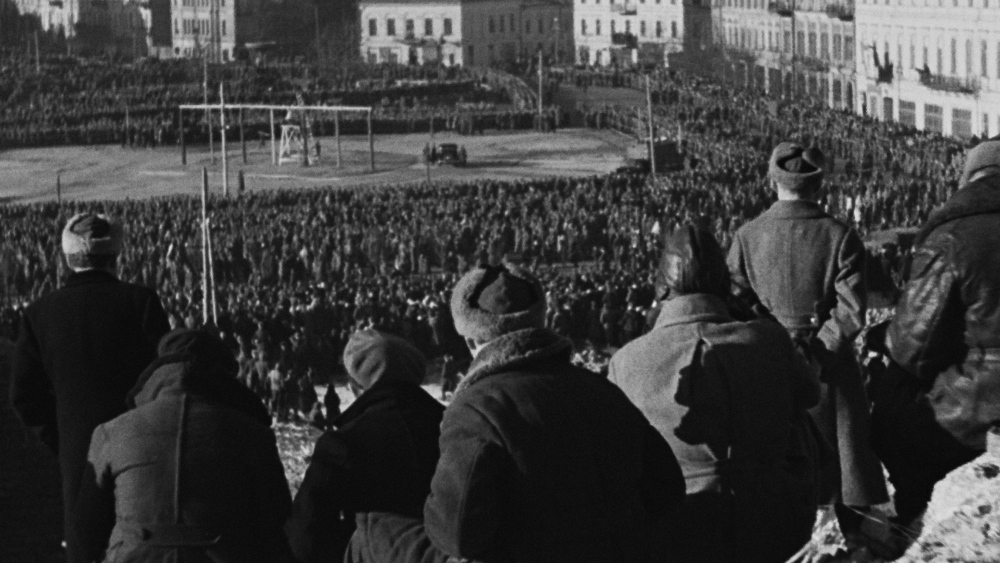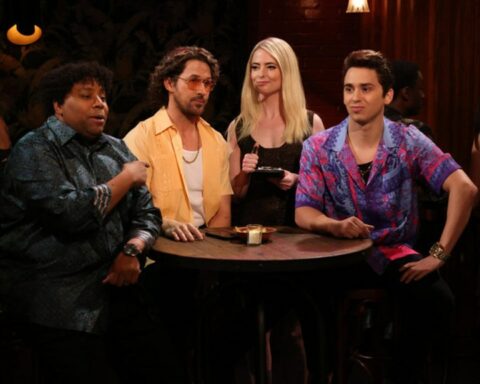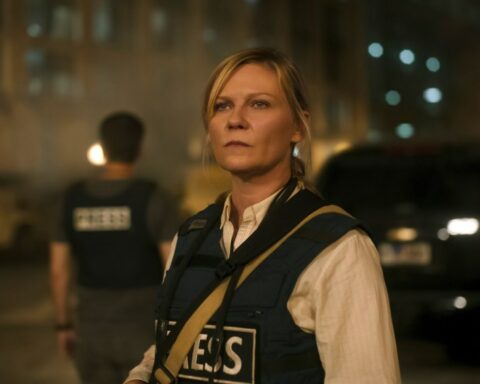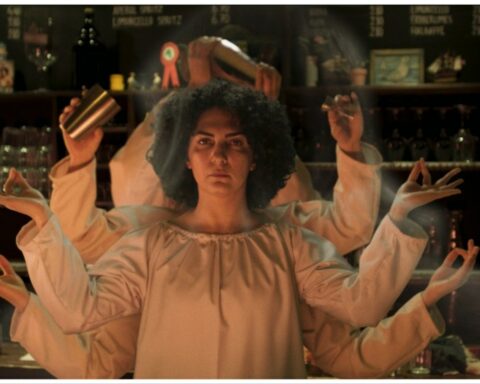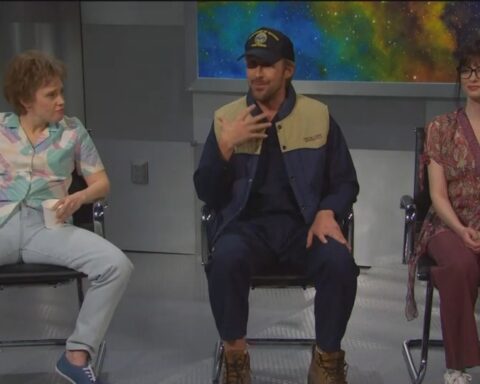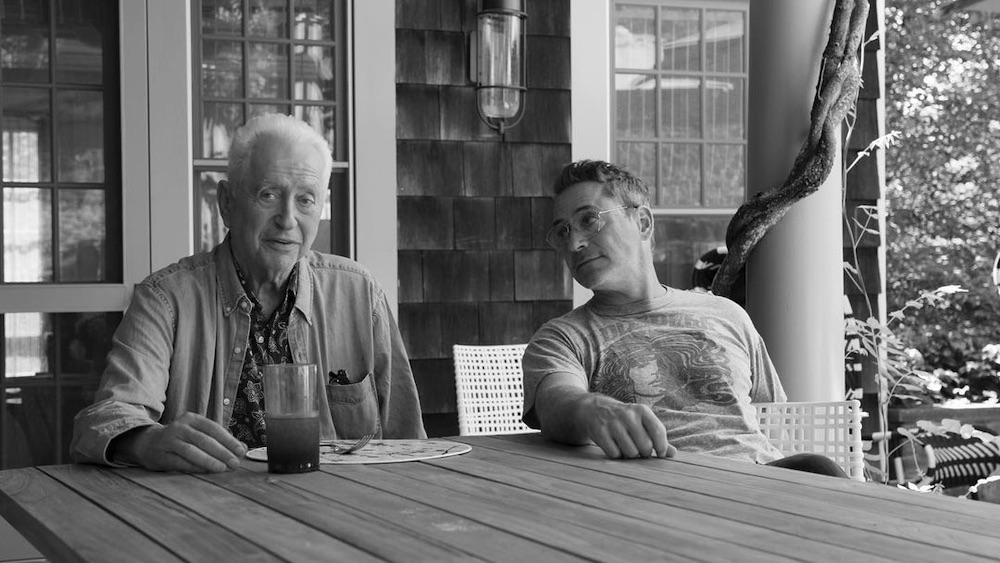
Just how polished does a career-spanning documentary about the anarchic underground filmmaker behind “Greaser’s Palace” and “Putney Swope” need to be? If you’ve seen any of Robert Downey’s films, the answer is obviously: not very. You might even say, the scrappier the better. So goes the thinking behind “Sr.,” a loose seemingly seat-of-your-pants portrait of the antiestablishment director (perhaps best known for siring “Iron Man” star Robert Downey Jr.) that sneaks up on ya, emotionally speaking, seeing as how it doubles as a kind of farewell exercise between the two generations (plus grandson Exton) in the months before Downey succumbed to Parkinson’s Disease.
“Oddly, it’s sort of what your family does. You guys make art of your lives,” analyzes Junior’s therapist fairly late in the process, not long before dad’s passing. There’s no question that’s what’s really going on in an incredibly unconventional documentary that was ostensibly directed by Chris Smith (“American Movie,” “Fyre”), but hijacked along the way by its subject, who can’t resist the impulse to make his own version of the movie we’re watching. That conceit only half-works as Smith and cameraman Kevin Ford indulge the old man, giving “Senior” his own editing setup, with which to putter around with the footage they’re shooting.
It doesn’t look like much at first — water balloon fights at Junior’s Hamptons home and shaky visits to the duck pond outside Downey’s retirement facility — but the point isn’t to make the next “Terms of Endearment.” The project is both a bonding exercise and a coping mechanism, and the goal is to channel as much of the energy of dad’s renegade film career as possible, which explains why all the digital home-movie-grade footage has been stripped of its color. Most of Downey’s early work was shot in black-and-white 16mm, and the aesthetic is supposed to match — although clips from oedipal oddity “Chafed Elbows” (1966) have a distinctly raw feel, a couple degrees removed from Andy Warhol experiments and early John Waters movies. (Talk show appearances and well-chosen excerpts from later films supply splashes of color in the grayscale doc.)
Downey was a major figure in a minor scene, working with actors like Lawrence Wolf and Taylor Mead on irreverent bad-taste comedies that inevitably influenced the mainstream, as fringe work so often does. “Putney Swope” (1969) was Downey’s big hit, daring as it did to take on subjects the Hollywood studios wouldn’t dare. The movie takes place in a Madison Ave. ad agency, where the head of the company dies and the lone Black member of the board is voted in as his successor. The world isn’t ready for his ideas (the character’s, that is), but in a way, the public was itching for such an outrageously confrontational comedy. The film was successful enough for Downey to make another movie — which, we learn, was pretty much all he was asking from life.
The director gave his 5-year-old son Robert a role in the next one, “Pound,” and the kid was hooked. The creative energy of making underground movies had always been present in Junior’s life (he remembers falling asleep in one room while his parents edited in the next), and acting became a means of doing things together. “When I saw cameras, I perceived it as time with my dad,” says the younger Robert, who poignantly remembers mom, comedic actor Elsie Ann, also. (Conspicuously missing from the exercise is older sister Allyson, whom Downey also enlisted in his rowdy feature work.)
Then the whole family moved from New York to Los Angeles, and things got complicated: Downey was a bad fit for studio projects, like R-rated military-kids prank “Up the Academy,” for which the director wanted a much younger cast (conceived as an “Animal House”-style knockoff, the film’s affiliation with Mad Magazine is never mentioned). During this period, the drug use got out of control, to the extent that his son picked up the habit. Robert Downey Jr. has been very open about the destructive effects of being raised in such an environment, but there’s no question that a good segment of the audience will watch “Sr.” largely because they’re looking for insight into the movie star’s demons.
In the doc, Downey does takes responsibility for exposing his son to cocaine at such a young age. Audiences can sense the work both parties have put into repairing their relationship, and it’s touching to see the actor’s inner child come out when dealing with the old man. Junior lets dad direct, indulging bizarre requests, such as recording a German folk song with “Will & Grace” star Sean Hayes. Both parties need this process, whatever it is, as the pretense of making one last film together proves invigorating for dad (who comes alive on camera) and somehow cathartic for his son. It seems a bit perverse that such intimate footage should be edited into something for the public to see, and yet, insanely specific as this family history may be, “Sr.” packs a wallop in the end, when it comes time for father and son to say goodbye.
‘Sr.’ Review: Robert Downey Jr. Gets Vulnerable in This Oddball Collaboration With Cult Director Dad


